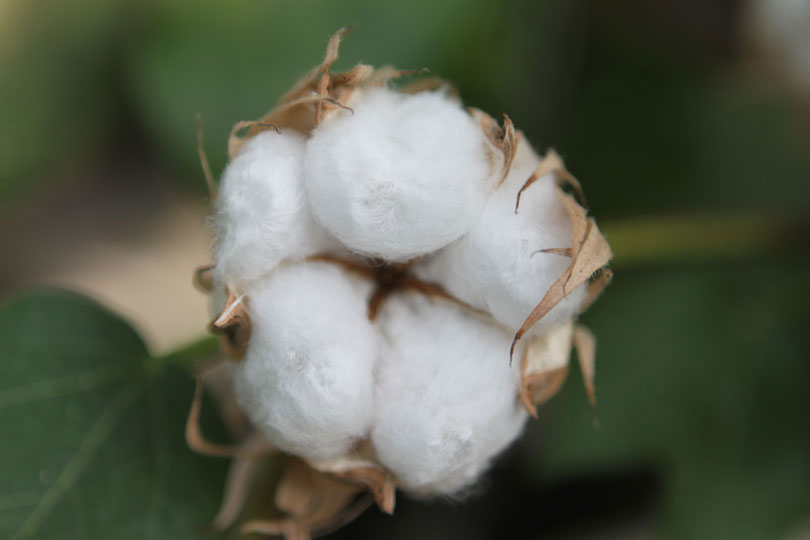By Justin Walker
Communications Specialist
Texas A&M AgriLife Extension Service agronomists have released the results of the 2017 Replicated Agronomic Cotton Evaluation (RACE) trials for the High Plains and Rolling Plains regions.
The results are in just in time, as cotton farmers are selecting which varieties to plant.
“The High Plains encompasses the largest area of cotton production in the world, and it is only projected to increase in the near future,” Dr. Seth Byrd, AgriLife Extension agronomist in Lubbock, said. “While it is impossible to represent every possible scenario in a production environment of this size, the ability to pool this data allows for the highest percentage of acreage to be represented.”
Byrd, joined by fellow AgriLife agronomists Drs. Jourdan Bell in Amarillo and Emi Kimura in Vernon on the project, said growers in the High Plains produced over 5 million bales in 2017, the second consecutive year to do so. The Rolling Plains saw a 15 percent increase in planted acres from the 2015 and 2016 averages.
While the 2017 growing season was a success thanks to timely rains, early setbacks did cause issues for farmers.
Crop establishment was challenged due to periods of cool, wet weather followed by hot, dry and windy conditions. A blizzard at the beginning of May delayed planting across most of the Panhandle, Bell said. Below normal precipitation levels also impacted production in the Rolling Plains.
“Many producers in the region suffered from lack of moisture in late May to June for planting,” Kimura said. “Then, storms during the last week of September flooded many cotton fields, which accelerated the infestation of late bacterial blight. Although the late blight had minimum negative effects on final yields, some producers might have seen dead cotton plants at harvest.”
An earlier-than-normal first killing frost of the year had an unfavorable effect on the late-planted cotton, Kimura said.
“Overall, planting timing was critical, especially to dryland cotton production, to achieve high yield in the 2017 cotton growing season,” Kimura said.

